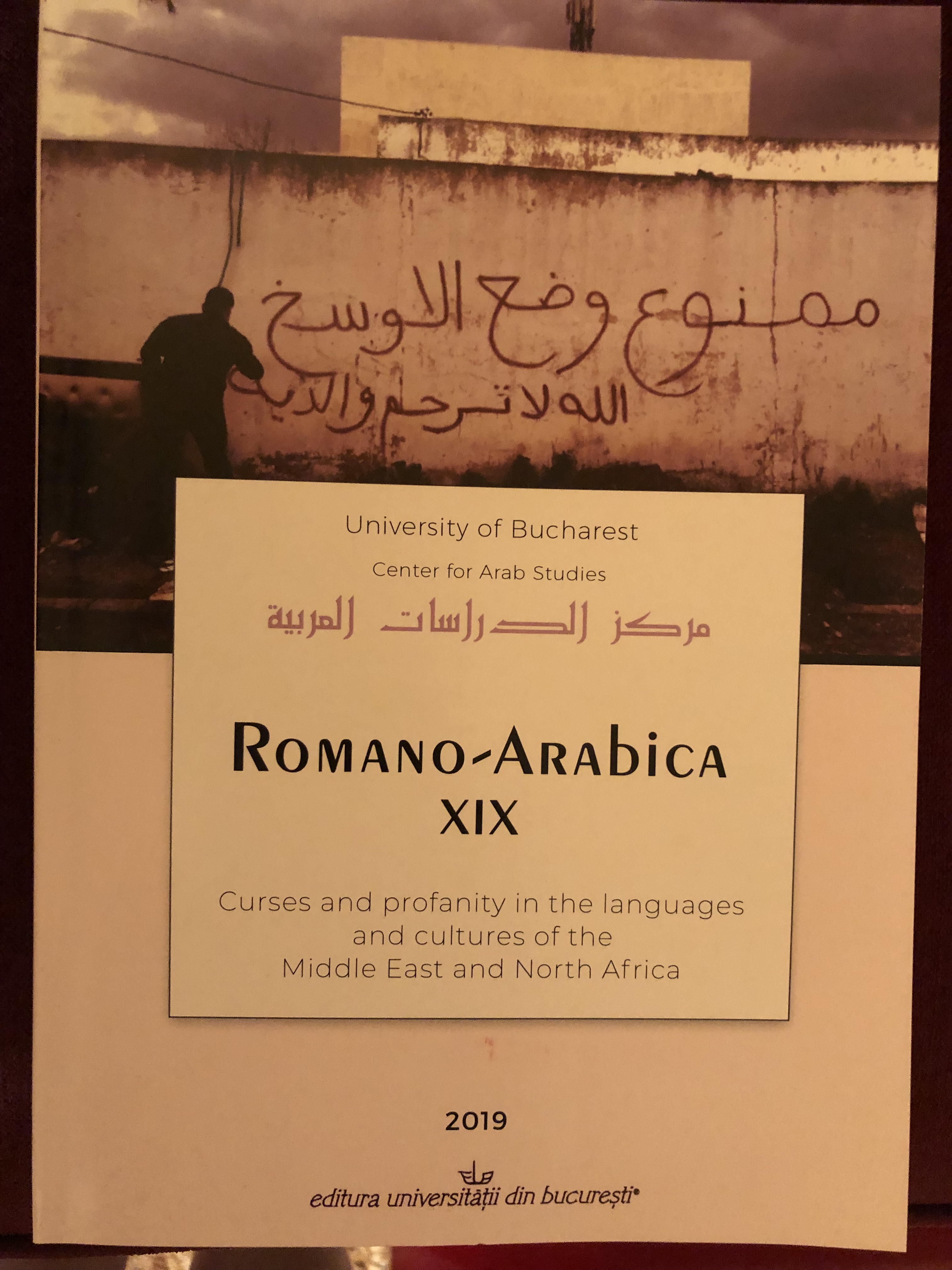ˀAḪU ŠARMŪṬE AND HIS RELATIVES:PRODUCTIVE GENEALOGIES FOR ARABIC EMBODIED CURSES
ˀAḪU ŠARMŪṬE AND HIS RELATIVES:PRODUCTIVE GENEALOGIES FOR ARABIC EMBODIED CURSES
Author(s): Letizia LombezziSubject(s): Language studies, Language and Literature Studies, Applied Linguistics
Published by: Editura Universităţii din Bucureşti
Keywords: Arabic insults and vulgarisms; embodied curses; sabb; šatm;
Summary/Abstract: Insults and curses go hand-in-hand with the development of languages and civilizations, and constitute a field for multidisciplinary analysis. Sociology, gender studies, and linguistics are all involved inthe investigation of this macro-topic. Insults and curses occupy an off-limits field, in comparison to the 1995 UNESCO Declaration of Principles on Tolerance: (1.3) “Tolerance is the responsibility that upholds human rights, pluralism (including cultural pluralism), democracy and the rule of law. It involves the rejection of dogmatisms and absolutism and affirms the standards set out in international human rights instruments”. In relation to Arabic language, we can proceed from the very old-fashioned Islamic curses toward the opponents of dār al-Islām, until we arrive to the modern hate speech and hollow insults, conveyed by social platforms. It is true that every addressee deserves a precise insult: laˁn, sabb, šatm, or qaḏf. Women and the human body play a leading role for communication effectiveness, for a sort of reverse ranking: insults give a privileged space to what is usually protected and sacred. Following a short introduction for framing the general question, I provide rude but effective examples of curses centered on women’s body and their descendants, in both standard and colloquial Arabic.
Journal: Romano-Arabica
- Issue Year: XIX/2019
- Issue No: 19
- Page Range: 143-152
- Page Count: 10
- Language: English

